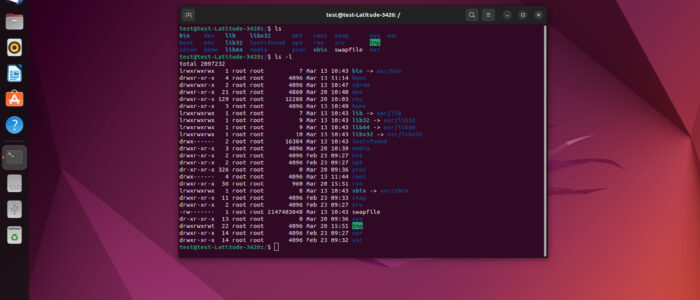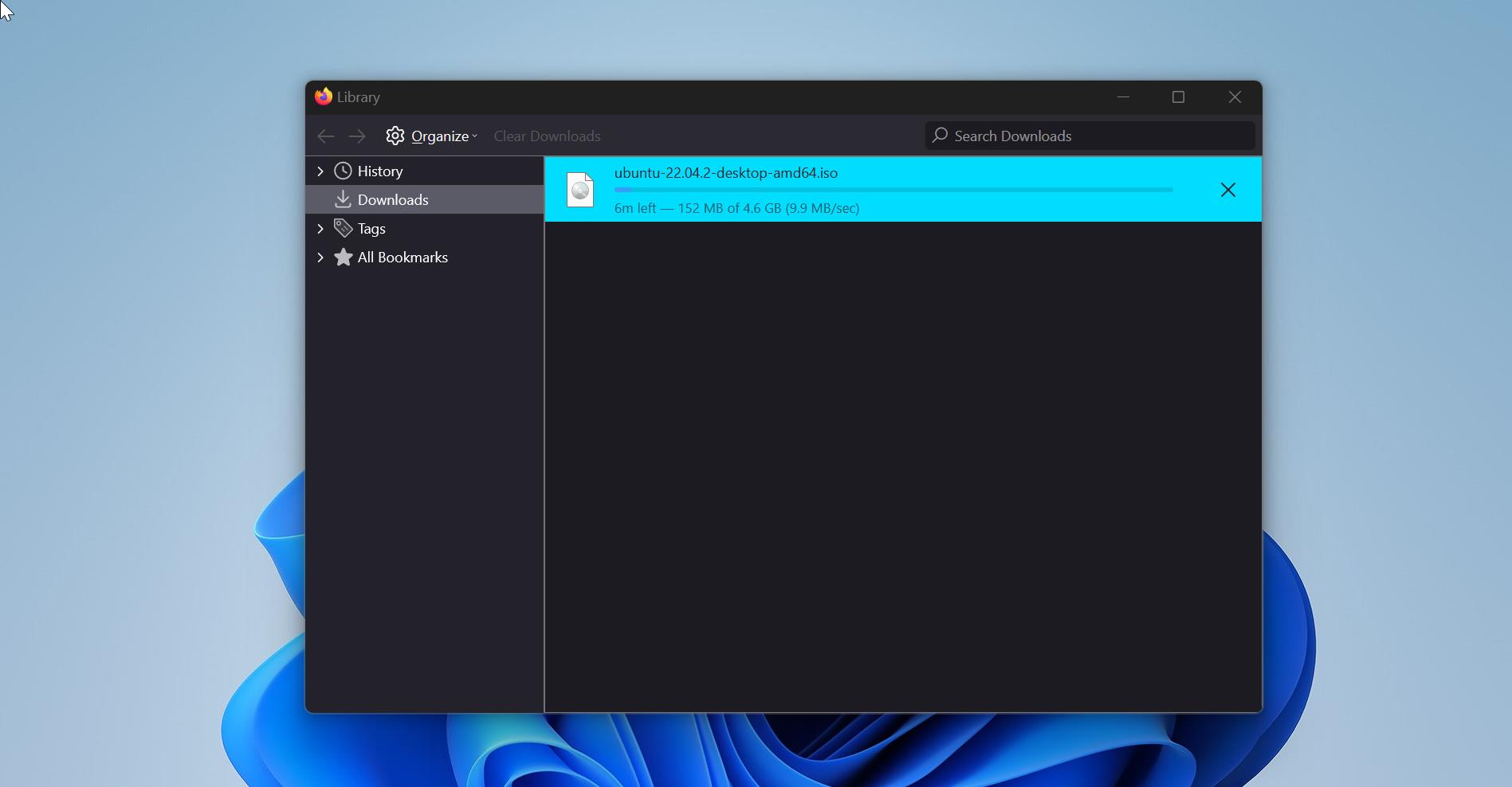Linux has a Standard Directory hierarchy called File Hierarchy Standard (FHS) that defines the purpose and contents of Directories in Linux. FHS has a set of guidelines that defines the structure and contents of the directories on Linux based systems. FHS specifies the location and the purpose of the files and directories within the file system to ensure that software developers and system administrators can find what they need and that applications can run reliably across different Linux distributions. Find the default Linux directories below based in the FHS. you can find these directories in almost all Linux distributions.
Default Linux Directories
| Directory | Comments |
| / | This the Root Directory in Linux File System |
| /bin | Directory Contains binaries (programs) that must be present for the system to boot and run. |
| /boot | Contains the Linux kernel, initial RAM disk image (for drivers needed at boot time), and the boot loader. Interesting files: ● /boot/grub/grub.conf or menu.lst, which are used to configure the boot loader. ● /boot/vmlinuz, the Linux kernel |
| /dev | This is kind of drivers folder, This is s special directory that contains device nodes. Here is where the kernel maintains a list of all the devices it understands. |
| /etc | The /etc directory contains all of the system-wide configuration files. It also contains a collection of shell scripts which start each of the system services at boot time. Everything in this directory should be readable text. Interesting files: While everything in /etc is interesting, here are some of my all-time favorites: ● /etc/crontab, a file that defines when automated jobs will run. ● /etc/fstab, a table of storage devices and their associated mount points. ● /etc/passwd, a list of the user accounts |
| /home | In normal configurations, each user is given a directory in /home. Ordinary users can only write files in their home directories. This limitation protects the system from errant user activity. |
| /lib | Contains shared library files used by the core system programs. These are similar to DLLs in Windows. |
| /lost+found | Each formatted partition or device using a Linux file system, such as ext3, will have this directory. It is used in the case of a partial recovery from a file system corruption event. Unless something really bad has happened to your system, this directory will remain empty. |
| /media | On modern Linux systems the /media directory will contain the mount points for removable media such as USB drives, CD-ROMs, etc. |
| /mnt | On older Linux systems, the /mnt directory contains mount points for removable devices that have been mounted manually. |
| /opt | The /opt directory is used to install “optional” software. This is mainly used to hold commercial software products that may be installed on your system. |
| /proc | This is a special directory that provides information about the system and its processes. It is a virtual file system that is maintained by linux kernel, and it doesn’t store any information in Physical file storage. The /proc directory contains directories and files tha expose information about the running processes, system resouces, hardware configuration, and other kernel-related information. |
| /root | Home Directory for Root account |
| /sbin | This directory contains System binaries, These are programs that perform vital system tasks that are generally reserved for the superuser. |
| /tmp | The /tmp directory is intended for storage of temporary, transient files created by various programs. Some configurations cause this directory to be emptied each time the system is rebooted. |
| /usr | The /usr directory tree is likely the largest one on a Linux system. It contains all the programs and support files used by regular users. |
| /usr/bin | This directory contains the executable programs installed by your Linux distribution. |
| /usr/lib | The shared libraries for the programs in /usr/bin. |
| /usr/local | The /usr/local tree is where programs that are not included with your distribution but are intended for systemwide use are installed. Programs compiled from source code are normally installed in /usr/local/bin. On a newly installed Linux system, this tree exists, but it will be empty until the system administrator puts something in it. |
| /usr/sbin | This directory contains more system administration programs. |
| /usr/share | This directory contains all the shared data used by programs in /usr/bin. This includes things like default configuration files, icons, screen backgrounds, sound files, etc. |
| /usr/share/doc | Most packages installed on the system will include some kind of documentation. In /usr/share/doc, we will find documentation files organized by package. |
| /var | The /var directory tree is where data that is likely to change is stored. Various databases, spool files, user mail, etc. are located here. |
| /var/log | /var/log contains log files, records of various system activity. These are very important and should be monitored from time to time. The most useful one is /var/log/messages. Note that for security reasons on some systems, you must be the superuser to view log files. |
Read Also:
How to Add Kali Linux to Windows Terminal Profile?





